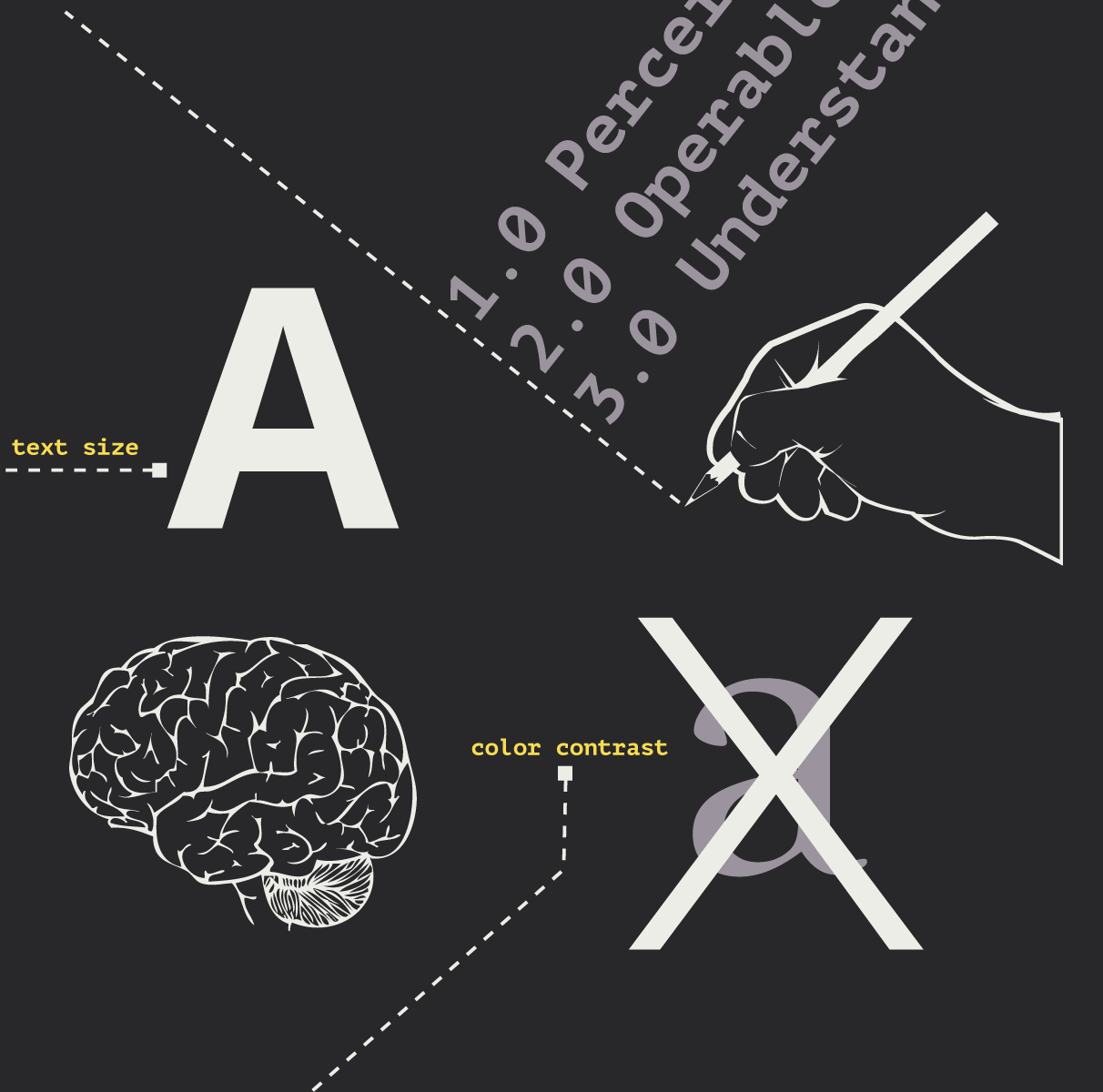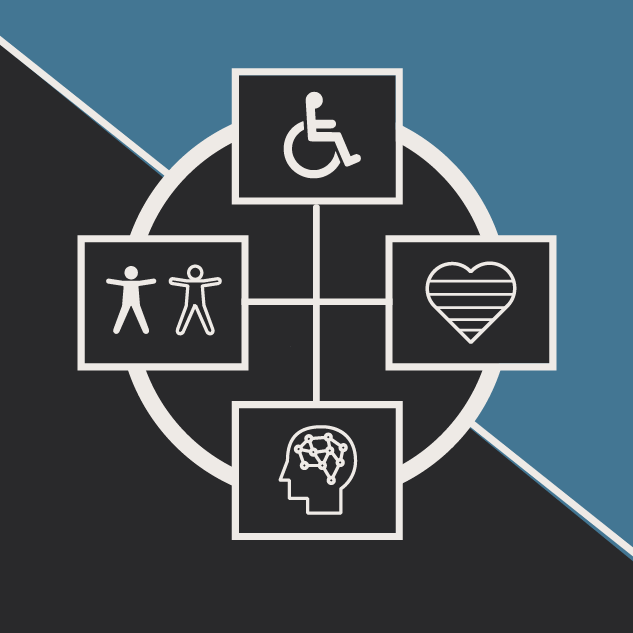The Accessibility Objective
Dennis Kardys Head of Design & Development#Design, #Design Advice

Think of accessibility not as a feature, but as an objective. When accessibility is your objective, you're reaching for the future.
Accessibility: Check!
When talking to clients, or when reading through RFPs, the topic of accessibility often comes up. Will the site be accessible? Will it be Section 508 compliant? The impression I get is that to many people, both clients and developers alike, accessibility is thought of as a feature request—as though it were an item that can be checked off a list. I’d like to urge people to think of it differently. Think of accessibility not as a feature, but as an objective. If you think the purpose of web accessibility is to reach a miniscule number of impaired or disabled users, I’ve got news for you, it's a lot more. When accessibility is your objective, you're reaching for the future.
Think of accessibility as an objective, not a feature.
The delineation between feature and objective is important. A feature can be defined by a fixed number of parameters, and is either included or excluded from the scope of a project. A photo gallery is a feature. Accessibility, on the other hand, is not an add-on component, it's an objective—a goal to strive toward. There are varying degrees to which your site might be accessible (and enough grey area that you can potentially create a horribly painful experience while still meeting mandated requirements). When you set accessibility as an objective however, you’re placing a priority on publishing content that can be consumed by the widest audience, regardless of their physical or cognitive limitations, the device they are using, or their connection speed.
Designing Accessibly is Designing Responsibly
Along the way, web projects become increasingly complex. It’s easy to lose sight of the goals. But if you think back to the original reason you needed a website, what was it? It usually stems from the recognition that others will find value in the information you have, or the services you offer, and you want to connect with them. By publishing to the web, you’re taking some piece of content and giving people around the world the ability to access it. That’s the default state. Maybe the goal of accessibility should be “not to mess this up”.
Why does this all matter? Because people DO think your content is important, and people ARE visiting your site. All different kinds of people. People who can hear well, and people who can't. People who can see big things but not tiny things. People with fat nimble fingers and people with tiny clumsy fingers. People who are color blind. People who have large vocabularies and people who don't. You get the picture.
As children, we learn that everyone is different, and that’s ok. We’re taught not to treat somebody differently just because they aren’t like us. On the web we must be cognizant of what factors determine who gets access to content. Are we imposing designs that prevent peoples’ access to information, or that block their ability to perform tasks, based on the sophistication of their technology? Don't penalize people with physical or cognitive impairment that need to rely on assistive devices. Don’t penalize people who can’t afford or to spend money on the most advanced smartphones.
My Friend Albert
Unfortunately, this is the reality of the web. Don’t believe me? Go for a day with javascript disabled, or using a keyboard only (no mouse) and try to get something done online. Imagine you're my friend Albert. Albert is legally blind. When Albert's 9 month old is sick and he's not sure if he should call the doctor, he uses a screen reader to listen to the web, browsing for answers. When he wants to research insurance plans, choose a new audiobook, take an online class, or learn about new restaurants in his neighborhood, he has to deal with the sites we build. Albert, and other people using assistive technology, may represent an entirely insignificant (or even non-existent) proportion of your web site visitors. But what about for Albert? What proportion of the sites he visits daily are actually usable and comprehensible?
Its easy to forget about cases like this because we fall into the
habit of designing for users and not people. We’re all guilty of this at
times.
There is a screen, both literal and metaphorical, between those of us who design or commission sites, and those who use them.
We just need a reminder once and a while to stay in touch with the people who are trying to use the things we build. When an architect designs a building, code requires that handicap accessible ramps are installed so that everybody is able to access the space...regardless of demographics of the target audience. Same thing, only in this case, we don't need a bunch of concrete. We just need to not mess anything up. Design with web standards. Don't try to simply satisfy the minimum web content accessibility guidelines, continually shoot for the highest degree of compliance you can attain. Talk about it with the other people on your team and on your client’s team.
And while you're at it, feel awesome about yourself and about the fact you are designing for the frickin' future.
Oh yeah, the future.
We've been focusing so much on audience diversity and disabled users, I almost forgot to mention the most exciting part. When you design responsibly, you are designing for the future. Computers are getting faster and more powerful, smartphones are becoming more capable and more aware of their surroundings, and screen sizes are exploding in both directions at once. But what about when the new popular smartphone isn't a better version of the iPhone, but rather a less expensive, less capable piece of hardware with a fully equipped web browser? What about when the internet begins to seep its way into all the other pieces of technology we surround ourselves with?
There will be moment of realization, when we look around and realize that devices we use to consume web content are every
bit as diverse as the people using them.
...and when we're struck by that notion, we’ll recognize that accessibility was the objective all along.
Accessibility Resources
Related Posts

Accessibility Playbook Resources
Useful accessibility resources that are free for web designers, web developers, and content creators to help them build more inclusive websites.

Don’t Play Politics with Accessibility
While recent presidential actions may undermine and eliminate DEI efforts, don't ignore web accessibility standards.
Results Matter.
We design creative digital solutions that grow your business, strengthen your brand and engage your audience. Our team blends creativity with insights, analytics and technology to deliver beauty, function, accessibility and most of all, ROI. Do you have a project you want to discuss?
Like what you read?
Subscribe to our blog "Diagram Views" for the latest trends in web design, inbound marketing and mobile strategy.
